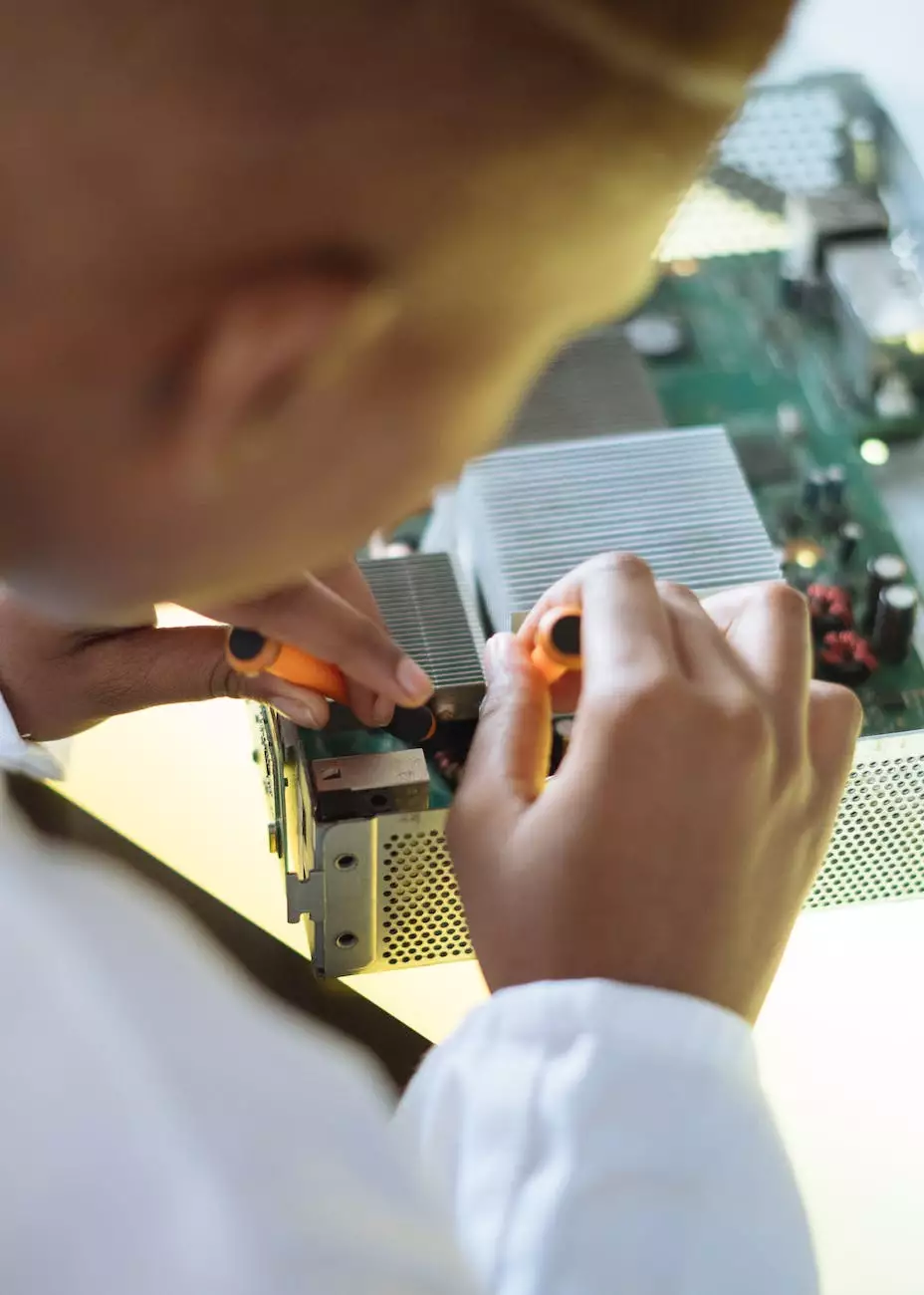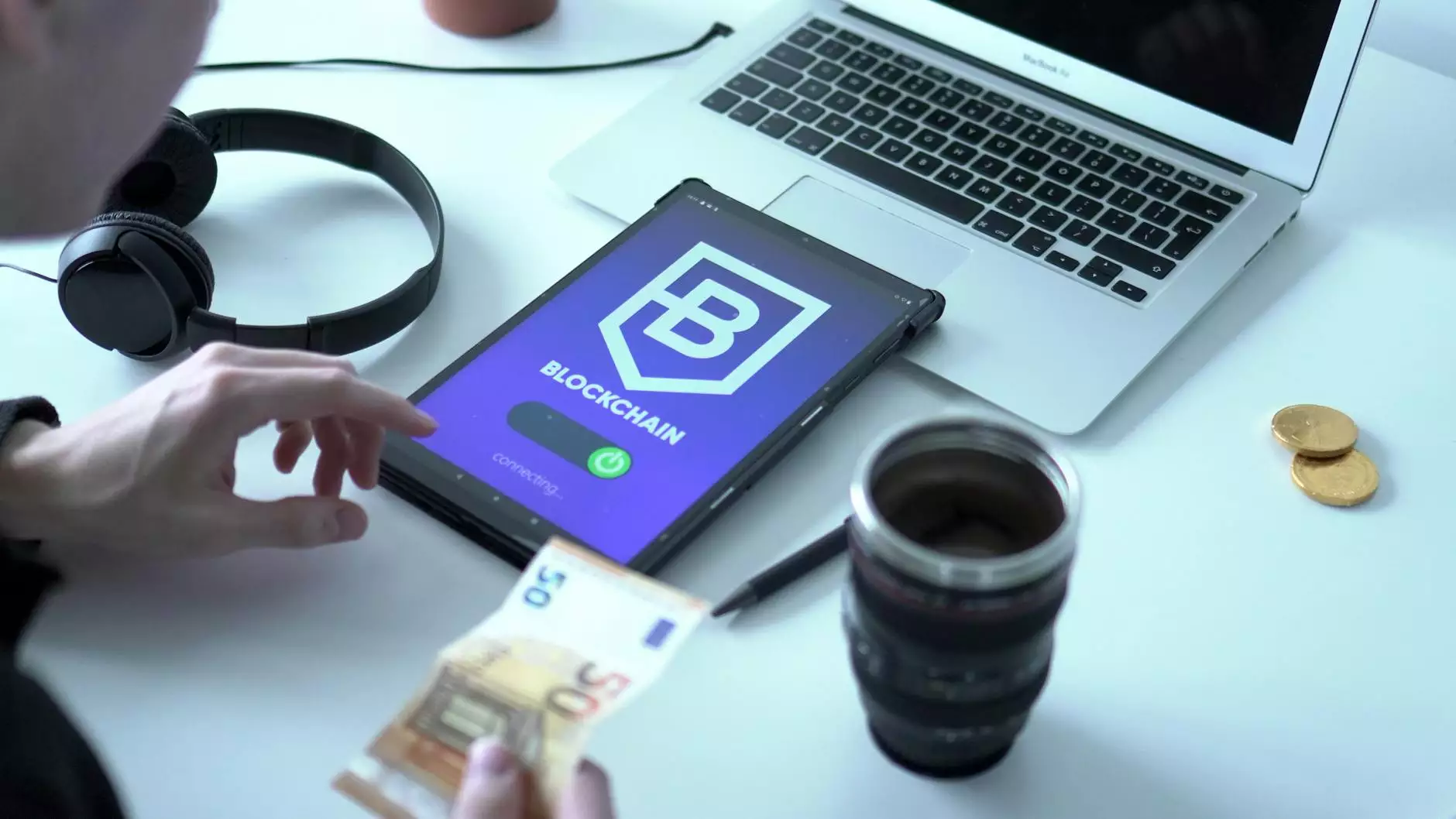What is Internal Linking? - SEO Academy
SEO
Introduction
Internal linking is a fundamental aspect of search engine optimization (SEO). By strategically linking pages within your own website, you can enhance the visibility, usability, and overall performance of your site. At SEO Academy, offered by M & C Initiative Media Group, we recognize the significance of internal linking and how it contributes to the success of your business in the digital landscape.
Understanding Internal Linking
Internal linking refers to the process of connecting different pages on your website through hyperlinks. These links help users navigate between related pages, allowing them to explore your site further and access valuable content. Additionally, internal links provide search engines with a clear understanding of your website structure, helping them index and crawl your pages more efficiently.
The Importance of Internal Linking for SEO
Internal linking plays a pivotal role in improving your website's SEO performance. Here are a few key reasons why internal linking is crucial:
1. Enhanced User Experience
An effective internal linking structure facilitates smooth navigation and easy access to relevant information for your website visitors. By providing logical, contextually relevant internal links, you can guide users to related topics, allowing them to explore your site more extensively. This contributes to higher user engagement and satisfaction, ultimately leading to increased conversions and user retention.
2. Improved Website Crawling and Indexing
Search engine crawlers rely on internal links to discover and navigate through the different pages of your website. By establishing a well-structured internal linking system, you ensure that search engines can access and index all your important pages effectively. This helps search engines understand the hierarchy and relationships between your web pages, consequently boosting the visibility of your content in search results.
3. Keyword Optimization and Page Relevance
Strategic internal linking allows you to optimize your website's keyword usage and improve page relevance. By linking from relevant anchor text, containing important keywords, to specific pages, you signal to search engines the topical relationship between various pages. This signals relevance and increases the likelihood of ranking higher for targeted keywords, driving organic traffic and improving your overall SEO efforts.
4. Decreased Bounce Rates
Well-structured internal linking reduces the chance of visitors bouncing off your website, contributing to a lower bounce rate. When users find relevant internal links that lead them to valuable information, they are encouraged to stay on your site longer, exploring additional pages. This increased engagement sends positive signals to search engines, indicating that your content is valuable and relevant to the user's query, ultimately improving your chances of ranking higher in search results.
Best Practices for Internal Linking
To optimize your internal linking strategy and maximize its impact on your SEO efforts, follow these best practices:
1. Plan Your Website Structure
Before implementing internal links, devise a clear website structure that reflects your content hierarchy and helps visitors and search engines navigate seamlessly. Organize your pages into categories and subcategories, creating a logical flow for both users and search engine crawlers.
2. Use Descriptive Anchor Text
When creating internal links, utilize relevant and descriptive anchor text that accurately reflects the destination page's content. Avoid generic anchor text like "click here" or "learn more." Instead, use keyword-rich anchor text that gives users and search engines a clear context of what to expect when they click on the link.
3. Prioritize Relevance
Focus on linking to pages that are directly relevant to the user's current topic of interest. Linking from highly related content increases the chances of users finding valuable information, encouraging them to stay on your website longer and explore further. This targeted internal linking also helps search engines understand the relationships between your pages better.
4. Implement a Consistent Internal Linking Structure
Ensure your internal links are consistent throughout your website. Maintain a standardized format, such as placing navigation menus in consistent locations or using consistent anchor text styles. Consistency enhances user experience and eliminates confusion, as visitors will quickly understand how to navigate your site.
5. Monitor and Optimize
Regularly monitor your internal linking structure and analyze its impact on user behavior and search engine visibility. Use web analytics tools to identify any broken links, identify low-performing pages, and make adjustments accordingly. Optimize as needed to improve the user experience and maximize SEO benefits.
SEO Academy: Empowering Your Internal Linking Strategy
At SEO Academy, located within M & C Initiative Media Group, we understand the vital role internal linking plays in achieving optimal SEO results. Our comprehensive courses and expert guidance equip you with the knowledge and skills needed to implement a powerful internal linking strategy tailored to your specific website needs.
Our experienced instructors provide in-depth training on internal linking best practices, helping you harness the potential of this essential SEO technique. Join our SEO Academy today and take the first step towards enhancing your website's visibility, organic traffic, and overall online success.










